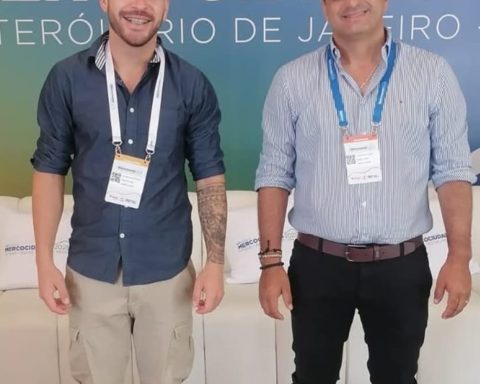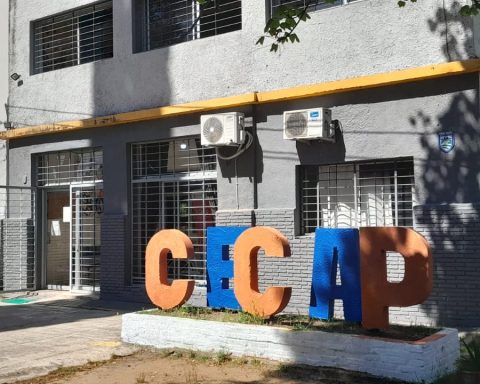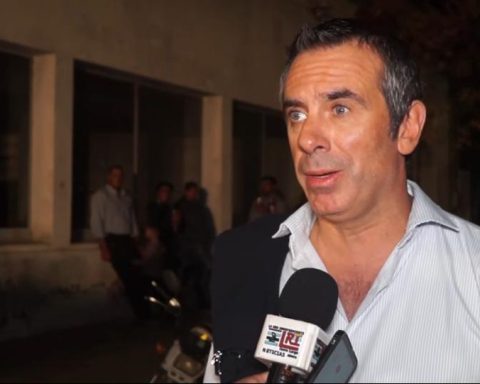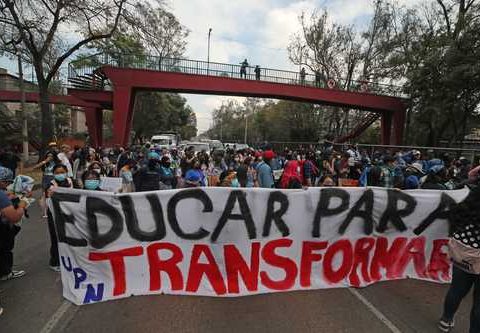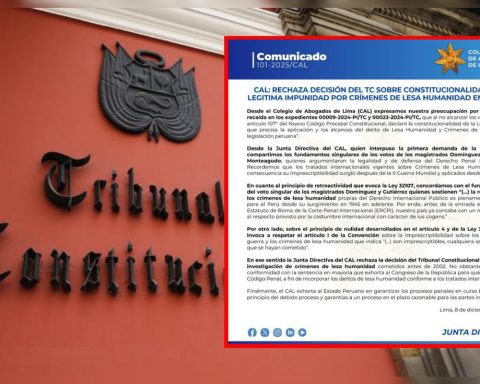By Cra. Florencia Farías – Supervisor of the Tax Advice Department of EY Uruguay
In January 2022, a new version of the Transfer Pricing Guides issued by the Organization for Economic Cooperation and Development (OECD), an international body currently made up of 38 countries, was published, including many of the most influential in today’s global economy.
One of the most relevant updates introduced is related to the valuation of intangibles within the framework of the application of the Transfer Pricing rules.
The Transfer Pricing regime, which in Uruguay is included within the regulations of the Tax on Income from Economic Activities (IRAE), seeks to analyze whether the prices agreed between related companies are adjusted to those that would have been agreed between independent parties. , under similar facts and circumstances. In this way, it seeks to prevent a multinational group from manipulating prices in order to allocate the tax base in countries with lower taxation.
The regime seeks to prevent a multinational group from manipulating prices
One of the most relevant and complex cases is that of intangibles.
The complexity involved in transactions with intangibles is reflected in two main points: the allocation of your property (and, therefore, of all the income generated from it) and its valuation.
Regarding the first point, if the ownership of an intangible depended, for example, on a patent registration, this could be done in any of the countries where a multinational group has companies. In this way, all the income generated by that intangible
could be allocated to the company with the lowest tax burden.
Considering the aforementioned, it could be understood that it would be reasonable for the person who obtains the income derived from the intangible to be its real owner.
But what is the most reasonable criterion to follow to determine who is the real owner?
For some time now, trends have been generated by international organizations that seek to avoid the transfer of the Income Tax base from one country to another (BEPS for its acronym in English).
Thus, it has been considered that the real owner of the intangibles is not necessarily the one who owns the patent or registration, but rather the one who performs the functions called DEMPE (for its acronym in English). These functions consist of:
– D: Development
– E: Enhancement
– M: Maintenance
– P: Protection
– E: Exploitation
Therefore, who is responsible for having carried out the activities that allowed the development and improvement of the intangible, who invests and is responsible for its maintenance, who is responsible for its protection through mitigation and assumption of costs associated with its risks and, Finally, those who are in charge of the exploitation of the same, will be considered real owners of the intangible for the purposes of the Transfer Pricing regime.
It should be noted that the allocation of the property of the intangible and, consequently, of the income it generates, is not at all simple, since not all DEMPE functions will necessarily be carried out by a single group company. In this way, it should
be able to value the contribution of the functions performed by each company, in order to make a reasonable allocation.
Once the property of the intangible has been allocated to the corresponding group companies, the prices and other conditions of the transactions that are carried out derived from said property must be analyzed from a Transfer Pricing perspective.
There are two main types of transactions involving intangibles. In the first place, operations derived from the transfer of the intangible and secondly, operations that entail the use of the intangible in relation to a certain business (sale of goods
or provision of services).
It is in the first type of transaction where the second key point that reflects the complexity of transactions with intangibles arises: valuation. In many cases we can be faced with intangibles with sufficient similarity to others existing in the market, but in so many
others we will be facing unique intangibles or difficult to value.
This last case has been discussed at the international level, within the framework of which, on June 4, 2018, the OECD and the G-20 countries approved a guide aimed at tax administrations, called “Guidance for Tax Administrations on the Application of the Approach to
Hard-to-Value Intangibles” by its name in English.
The guidelines of said guide were collected in the update of the OECD Transfer Pricing Guides published last January, and consist mainly of the following:
– In order to verify the reasonableness of the valuation of a unique or difficult-to-value intangible, the economic results obtained in the future may be taken into account, as evidence before an inspection.
– However, it is equally relevant to determine whether at the time of valuing the intangible, the taxpayer could have reasonably known or estimated the future income to be obtained.
– However, as soon as the companies become aware of the difference in value considered at the time with respect to the currently reasonable value, they could settle the current tax considering the corresponding adjustment. This would apply
according to the aforementioned guidelines, whether the adjustment was upwards or downwards.
– Lastly, it would be necessary for the tax administrations, when inspecting the companies in question, to verify whether the adjustments were indeed made as soon as sufficient information was available to make them.
Finally, it is essential to remember that there is currently no regulatory support that allows considering the OECD Guidelines for the application of Uruguayan Transfer Pricing regulations. However, due to the similarity of the Uruguayan regulations with
these guidelines, it is usual to use them as a guide.

